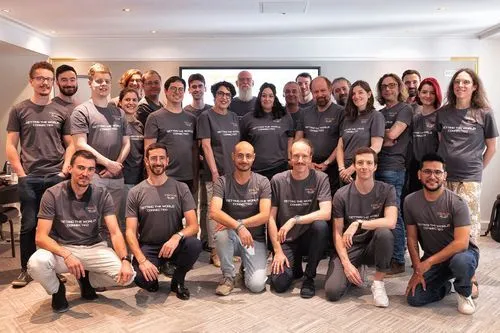RDS-Tools is proud to announce the launch of RDS-Remote Support, the latest addition to their suite of Network Security and Server Administration products.
As an RDS administrator, technical support service, or MSP, IT professionals must face the challenges of troubleshooting when it comes to helping someone with a software-related issue remotely. That's where RDS-Remote Support comes in, providing a secure, smart, and cost-effective solution for efficient remote assistance via Remote Desktop control and Windows session sharing.
The current market demands that organizations have the right tools for robust remote access to their fleet of devices to provide quick and efficient help. Cisco has reported that six out of ten organizations had more than half of their workforce telecommuting during lockdown, and 37% expect to maintain this trend. Implementing home office presents challenges in maintaining customer service and satisfaction levels, coordinating staff and equipment activities, organizing additional support for employees, and building data security and privacy from the start.
RDS-Remote Support offers an excellent alternative to the likes of TeamViewer, LogMeIn, or GotoMyPC. RDS-Tools has invested time and finances in continuous innovation to provide a web-based Windows session-sharing tool that offers easy-to-use tools and an optimized user experience.
RDS-Remote Support offers a clean and smart control panel that makes it easy to manage connection settings and support agents. Administrators, Support Agents, and end-users will find the software easy to use, and the portal interface is entirely customizable, free of any additional costs. The application generates a link that the Support Agent can send by email to the user to download a small browser plugin that enables Windows session sharing via web. The plugin allows remote support teams to access the desktop sessions of remote users, including file transfer and clipboard, chat, and information about the remote system, which is great for troubleshooting.
The solution has low licensing costs, a small software footprint, and stands out from the competition, making it a smart and cost-effective solution for your organization. RDS-Remote Support comes with Perpetual Licenses! There are no monthly rental or subscription fees, and customers pay a one-time fee of $250 for up to 5 Administrators and Support agents to use RDS-Remote Support on an unlimited number of Windows machines.
Moreover, RDS-Remote Support guarantees data privacy and security for all connections, whether installed locally or in the cloud. The RDS-Remote Support server and entire connection process are under control of the corporate administrator.
Get your trial version of RDS-Remote Support now, and experience the benefits of secure, smart, and cost-effective remote assistance via Remote Desktop control and Windows session sharing.




)


)
)
)
)
